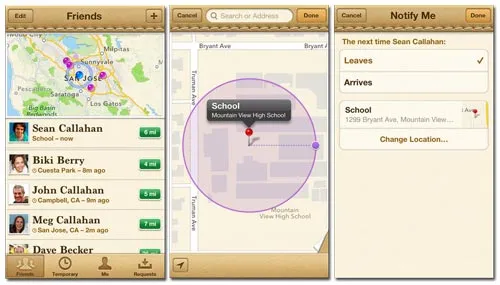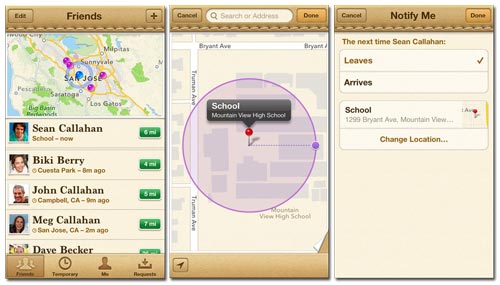
#Ideas
#Insights
Apple Updates Find My Friends App With Better Geofencing
Apple has updated its Find My Friends app with what it calls a ‘new UI’ for setting up location-based alerts. The app uses geofencing to set up alerts for when you, or a friend, arrive or depart a location, and the new interface allows those to be more accurately defined. There is no big revolution… the app will simply let you define the distance from a location for receiving notifications. The redesigned app also simplifies the notification process to fit on one page, with options to receive alerts when your friends arrive at or leave a specific place, along with settings for notifying others based on your location.


#Ideas
#GeoAI
#Ideas
#Insights
The Deep Tech Revolution in Geospatial: Where Science Meets Real-World Impact
#Contributing Writers
#GeoDev
#Ideas
Must-Have QGIS Plugins To Elevate Your Mapping Projects
#Featured
#GeoAI
#Ideas
Google Earth AI Launch Marks a Turning Point for Enterprise GeoAI






